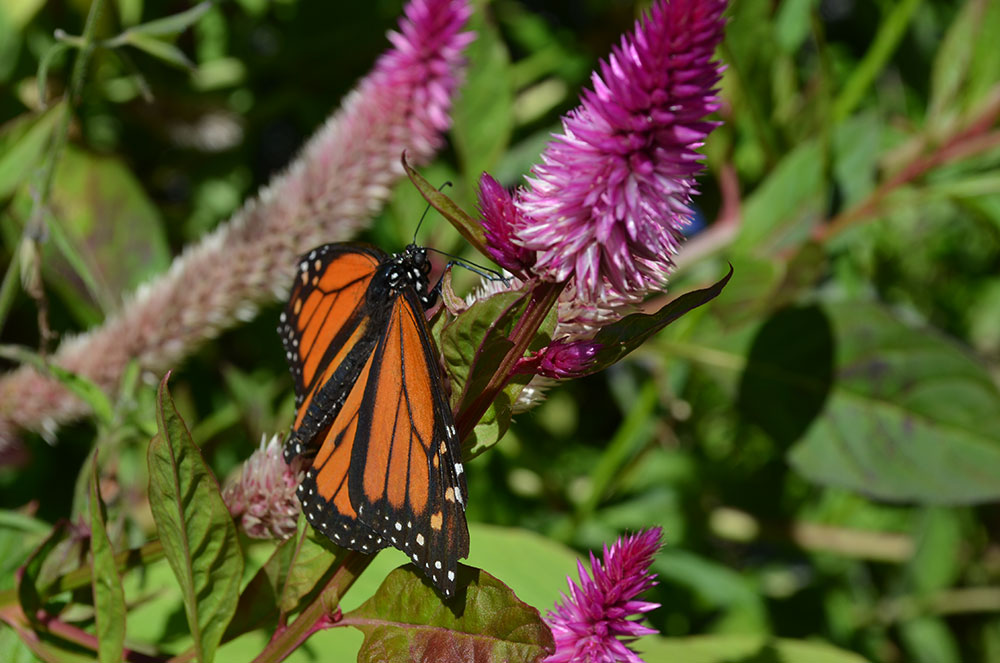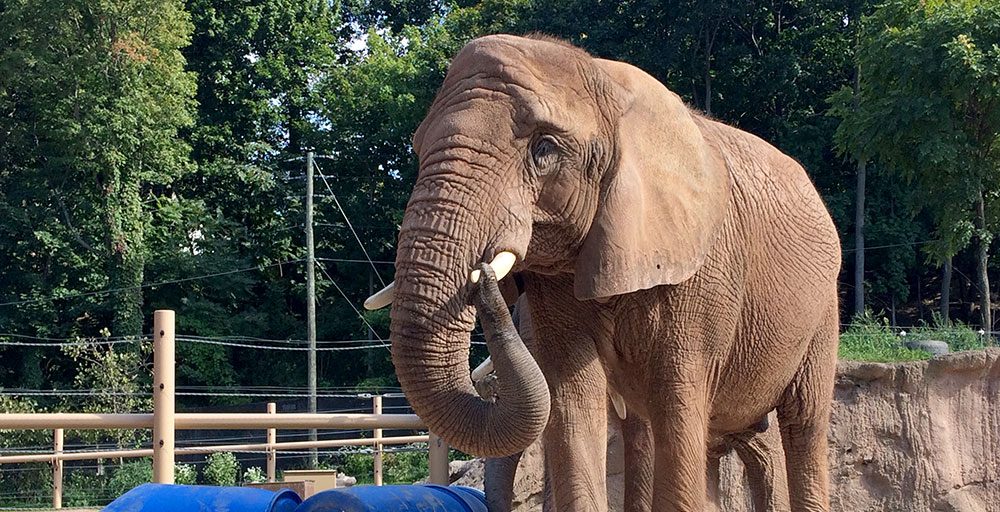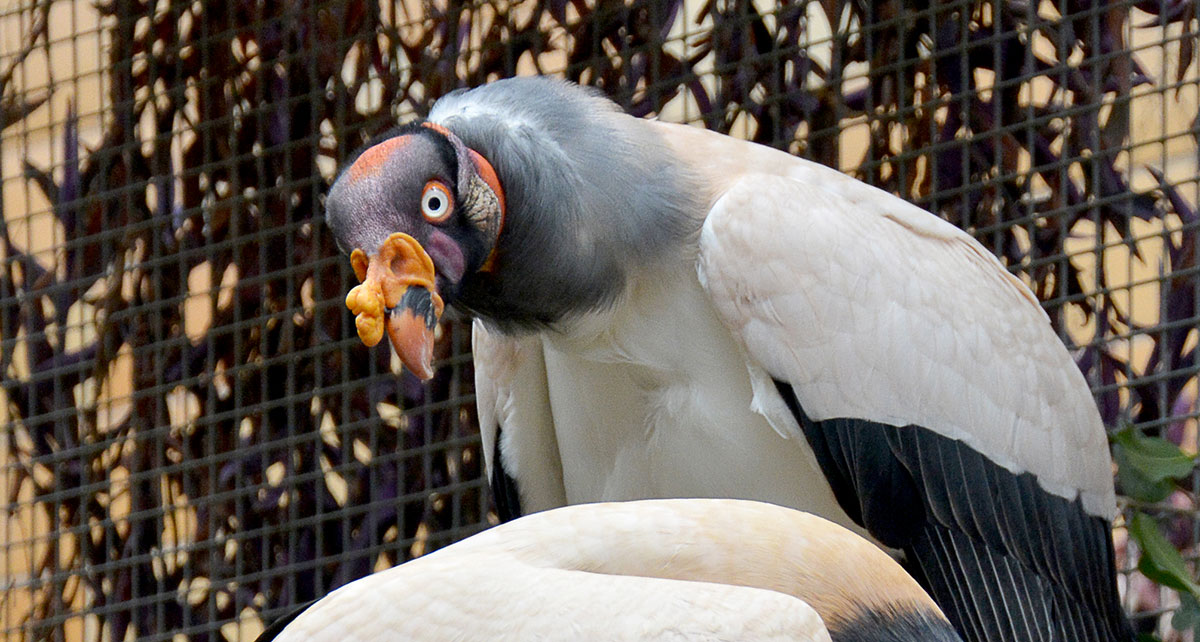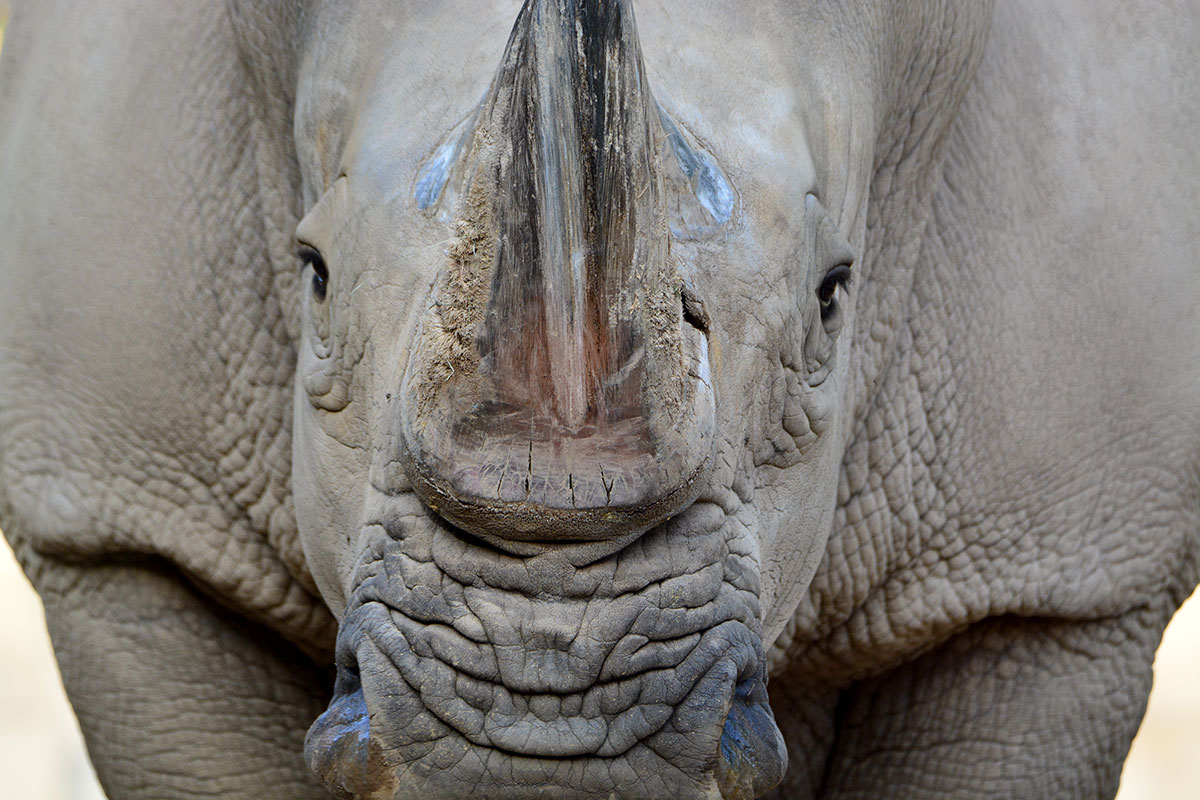May 31, 2018
It’s nearly summer, but it’s not too late to plant a pollinator garden at your home. It’s important to keep in mind the variety of organisms that use your lawn or garden as a habitat, and to create some space on your property to assist them throughout their lifecycles.The Seneca Park Zoo Society is entering another season of our Butterfly Beltway Project, planting pollinator habitats with native New York plants that promote shelter, food, and host materials for these insects. Our goal is to increase the combined square footage of pollinator habitats throughout the urban and suburban centers of Rochester, as well as to make our pollinator habitats more accessible for a homeowner to plant on their property. To achieve this goal, we created a Pollinator Habitat Garden Kit, which is a packet of seed mix with over twenty species of local New York pollinator supporting plants that provide everything a pollinator species needs to live in our environment. We have packets that cover 100 and 250 square feet with instructions inside that outline how to easily sow the seeds in any part of your property.We are focusing on creating habitats for pollinating species of insects and other animals because pollination is incredibly important for the planet. Pollination plays a crucial role in flowering plant reproduction and in the production of most fruits and vegetables. These habitats are also used by monarch butterflies on their fall migration from Rochester to Mexico by creating waystations with food and shelter leading out of the urban areas and increasing survival rates of migrating monarchs.
Stop by the ZooShop during your next trip to the Zoo to purchase your very own Pollinator Habitat Garden Kit. Once you’ve planted your garden, we encourage you to register your garden with the Zoo Society so we can add it to our database.– Dave Will, Lead Zoo Naturalist for Citizen ScienceRegister Your Garden











